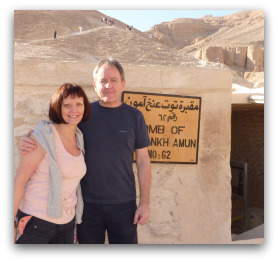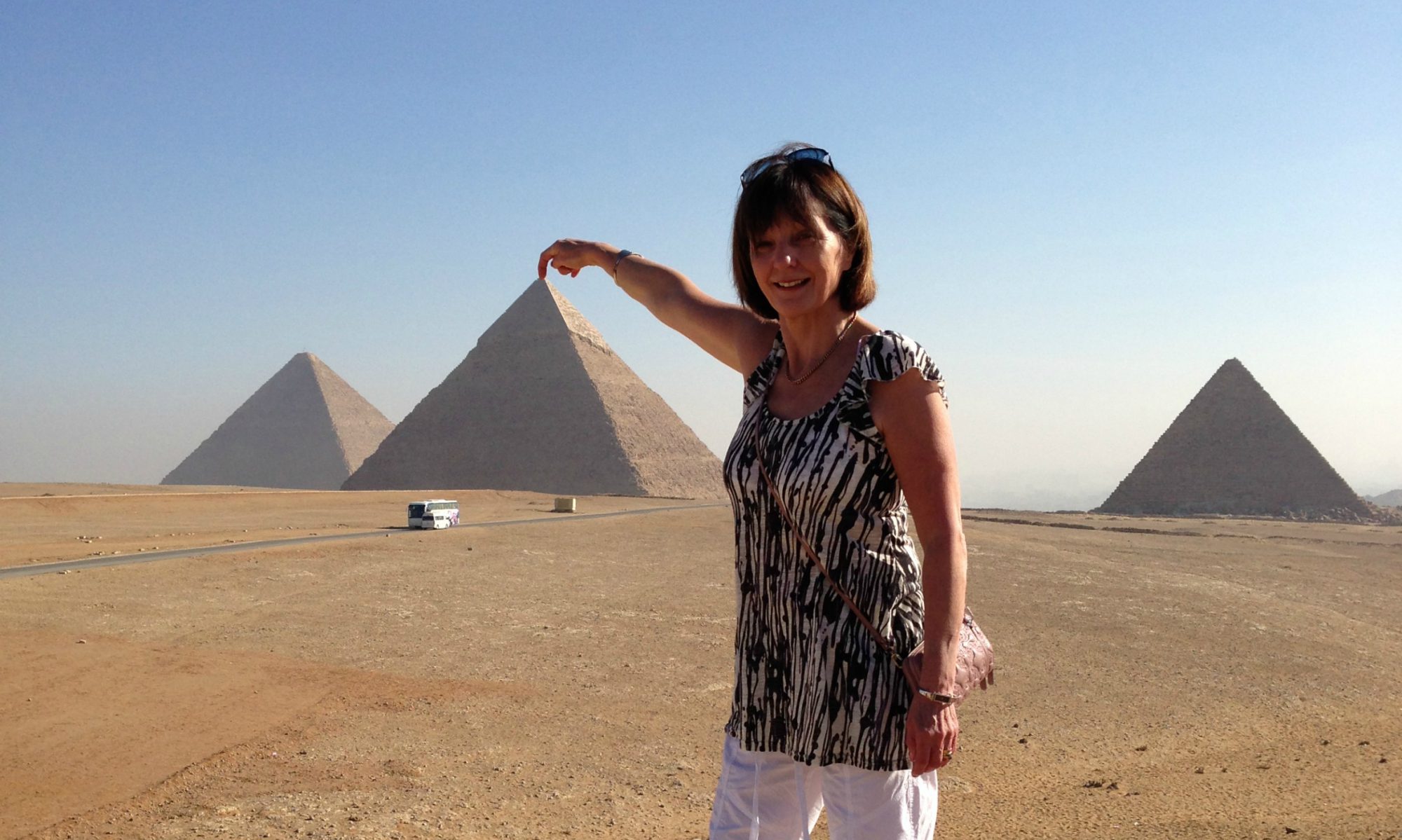Tutankhamun – Anatomy Of An Exhibition
 The Tomb of Tutankhamun in the Valley of the Kings is probably one of the best-known pieces of land in the world. Almost everyone has heard of the “boy-king” and on a Nile cruise it is probably one of the most anticipated visits during the whole week.
The Tomb of Tutankhamun in the Valley of the Kings is probably one of the best-known pieces of land in the world. Almost everyone has heard of the “boy-king” and on a Nile cruise it is probably one of the most anticipated visits during the whole week.
Barbara and I have visited the tomb on a number of occasions and was you enter the Valley of the Kings you cannot help but feel a tingle of anticipation.
In last Sunday’s Observer I read a two page article entitled “Tutankhamun – The Tomb is opened to all” by Jo Marchant which described a fascinating resource housed at the Griffith Institute which is one of the best Egyptology Museums in the world. Located in Oxford it would be a fabulous place to visit if you lived nearby. However for those of us who live a long way away there is now an excellent resource that you can access from your pc.
If you visit: www.griffith.ox.ac.uk/gri/4tut.html (copy and paste this into your address bar), you will be able to access the diaries and photographs of Howard Carter who discovered Tutankhamun’s resting place in 1922. Tutankhamun’s tomb is the only intact pharaoh’s tomb ever discovered amd it contained such an array of treasures that it took Carter 10 years to catalogue them all. However, up till now the majority of Carter’s findings have never been published.
A total of 5,398 objects were found in the tomb, covering every aspect of ancient Egyptian life, from weapons and chariots to musical instruments, clothes, cosmetics and a treasured lock of the royal grandmother’s hair.
Now the entire archive is online and you can now read the notes and see the photographs that record every item found in the tomb. There are black and white photographs and a fabulous collection of colour photographs by John Ross.
If you are planning a Nile cruise or are simply interested in ancient Egypt I’m certain you will find this website fascinating.
